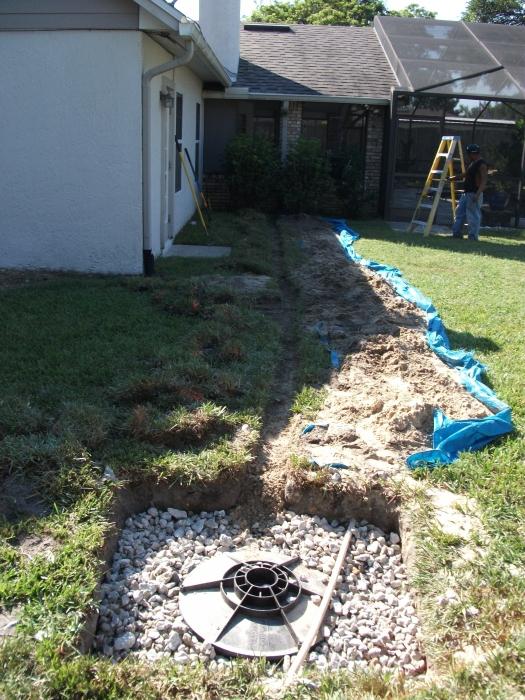A drainage well is designed to reduce the level of groundwater by draining it from the site and is used in a system of deep (or closed, ground) drainage. This system is needed to protect the soil from waterlogging and waterlogging. On the site, you can equip one or several wells connected by drains. Their number depends on the area of the plot, soil composition and other factors. An effective and economical option is a plastic drainage well, but more on that later. First, let's figure out their purpose.
The purpose of the wells varies depending on their varieties:
- Revision (inspection or inspection) - is intended for cleaning drainage pipes, it does not provide for the collection of water. Usually used swivel manholes. Their installation is carried out on every second turn (bend) of the pipe or on sections of the crossings of several drains. Wells can have both small sizes (315-425 mm) and large sizes (600 - 2000 mm). Typically, such a well is installed at the base of the drainage system, at the upper points of the site.
- Filtering (absorbing) - is built if there is no way to remove moisture to another place of water collection. It is recommended to install it usually with a small amount of groundwater in those areas where sandy or sandy loamy soil prevails. Inside the well place a bottom filter (boiler slag, gravel, crushed stone, broken brick or other similar material). The geotextile is covered on top, then the soil is laid. External walls and the base must be protected by sprinkling of the same materials.
- Accumulative (water intake) - used when it is impossible to build a filter well and in the absence of a spillway near the place. It is being built at the lowest point of the site. The device of a drainage well of this type is quite simple. Outwardly, it is a pipe with a lid and a bottom, protected by geotextiles and dusting. Consists of a hose, a pump and fittings for it. To turn on the pump, a rubberized outlet is carried out inside. The pumped-off water is directed to a remote ditch, pond or used for irrigation.

Wells vary in size and material. They are usually made of concrete or plastic (plastic drainage well):
- Concrete is assembled from concrete rings of various diameters and heights. Before assembling them, a trench is dug in advance using a crane. Its main advantage is durability and strength, and the disadvantage is the laborious installation process.
- A plastic drainage well began to displace concrete counterparts. Its advantages are lower cost and faster and easier installation. Its weight is negligible, and all the necessary bends are provided. These wells do not suffer from corrosion, have a long service life (over 50 years), pipes are connected through dense rubber cuffs that can remain airtight for decades. The main feature of the drainage plastic well is its corrugated pipe. It is securely attached to the ground, since the stiffeners securely hold it.
Important! Sharp stones and large gravel must not be contained in the trench soil!
Analyzing the above, it should be noted that the best choice would be a plastic drainage well, the price of which is more acceptable, as well as it is more economical and reliable.